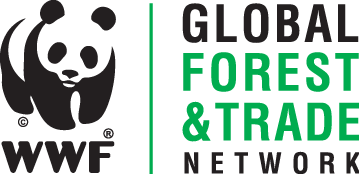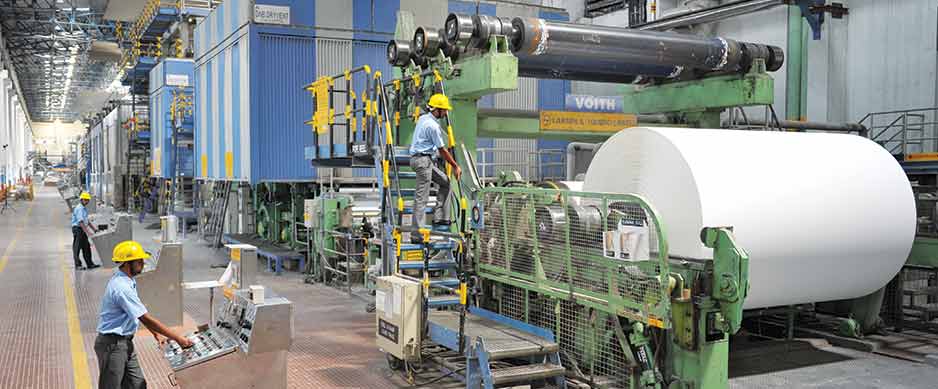Environmental Performance
Material Sustainability In ITC’s Businesses
All ITC Units continue to pursue efficient use of raw materials through extensive R&D and waste elimination/reduction through process management. In addition, all Businesses are focused on sustainable sourcing of raw materials to ensure their long-term availability at fair market prices.
A large proportion of raw materials used in ITC businesses are agricultural produce. Our Social and Farm Forestry models, watershed management programmes, empowering the marginal farmers through e-Choupals (described elsewhere in this report), etc have helped us progress towards raw material sustainability in ITC Businesses. In 2012-13, ITC consumed over 24,00,000 tonnes of externally sourced raw materials, out of which close to 97% are agri based products grown on long standing farm land or low productivity wastelands.
Environmental Footprint of Our Products
ITC products can be broadly classified into the following categories:
1. FMCG (B To C) Products
Cigarettes, Foods, Personal Care Products
2. Industrial Supplies And Exports
Paper; Paperboards; Packaging; Leaf Tobacco; etc
3. Services
Hotels and ITC Infotech
Since ITC is vertically integrated to a large extent, it provides opportunities for successive value addition, within the system for several categories of products such as paperboards for packaging. This integration provides the Company unique opportunities to establish synergy thereby minimising environmental impact through optimum utilisation of raw materials, recycling/ reuse of wastes and optimum logistics and transportation. This synergy, significantly, reduces the environmental footprint of ITC products and services.
We have completed studies on life cycle assessment of different products. Based on the learnings that have emanated, we plan to carry out more such studies of products/services to evaluate the environmental impacts at the various life cycle stages and thereby identify opportunities for improving their environmental attributes.
Responsible Sourcing of Wood Fibre

Wood is a major source of fibre for the paper and paperboards industry. Availability of wood remains a critical challenge and is a serious sustainability concern, especially in a country with limited natural resources and acute income inequities.
Approximately 52% of the total fibre requirements of ITC’s Paperboards and Specialty Papers Division is met by the Organisation’s Social and Farm Forestry projects, another 21% comes from recycled fibre, processed at Kovai and Bhadrachalam and the balance 27% is imported pulp used at Bhadrachalam and Tribeni Units. 100% of virgin fibre manufactured in Bhadrachalam is from wood sourced from our Social and Farm Forestry initiatives whereas the fibre used at the Kovai Unit is from recycled fibre ensuring that 100% of wood and recycled fibre used by ITC’s Paperboards and Specialty Papers Business are of known and legal origin.
Apart from the obvious benefits of increasing the green cover, plantation on degradable wastelands under the Social Forestry programme also directly contributes to in-situ moisture conservation, ground water recharge and significant reduction in topsoil losses caused by wind and water erosion. In addition, as a result of the leaf litter from multi-species plantations and the promotion of leguminous intercrops, depleted soils are constantly enriched. These efforts are supported by internal R&D (which has produced high yielding, site specific, disease resistant eucalyptus and subabul clones) together with extensive knowledge of plantation management practices. ITC distributed around 110 million high quality saplings to farmers and increased the area covered by Social and Farm Foresty to over 17,000 hectares during the year.
